Circulatory system The system of the system that allows blood and blood vessels to transport and transport food such as (amino acids and electrolytes), oxygen, carbon dioxide, hormones, blood cells, and other cells in the body to be nutrition and help to combat diseases, Stabilize body temperature and pH, maintain balance.

The red blood cells are one of the most important cells in the body. They perform many functions. Their primary function is to transport oxygen. The red blood cells of the capillaries in the lungs start to take oxygen from the air and transfer it through the bloodstream to all cells of the body. Cells need to be built and demolished. This process results in several waste, including carbon dioxide, and the red blood cells also transport it to the lungs, through the secretion of the carbonic anhydrase. Red blood cells also supply the body's various cells with food and essential compounds, and transport their waste to the liver. It also regulates the level of acidity of the blood, or so-called pH; it acts as a regulator of acid balance in the base of blood.

There are many disorders that can be caused to red blood cells, including the result of cases of illness, or lack of vitamins, vitamin B12, folic acid, iron, and what is the result of genetic diseases. One of the most prominent diseases of red blood cells is the so-called anemia where the numbers of these cells are few, which leads to disruption in the supply of oxygen cells in the body. The disease may also affect the shape and size of red blood cells, depending on the type of anemia; it may be normal or abnormal, and may be larger or smaller than normal size. Anemia patient may suffer from many symptoms, such as feeling tired and tired, Skin pigmentation, irregular heartbeat or myocardial infarction in severe cases. In children, it may cause growth disorder compared with healthy children. The most common types of anemia.
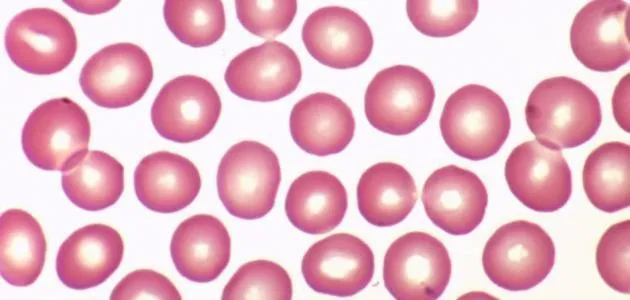
Iron deficiency anemia:
Iron is necessary for making red blood cells, and is the most common type
Anemia is common. It may be caused by several reasons, some of which are linked to iron deficiency in food, such as sudden bleeding, chronic bleeding, or iron imbalance in the body.
Sickle cell anemia:
a genetic disease that breaks down the form of red blood cells becomes like the sickle or half moon, which loses them flexibility, and makes them more viscous, difficult passage through blood vessels, thereby blocking the bloodstream. This complication can result in many complications, such as severe or chronic pain, increased tissue exposure, and death of infected organs or tissues. Sickle cells die in a much shorter period of healthy cells; ie, within about 10-20 days.
Anemia caused by chronic diseases such :
as kidney disease, cancerous tumors, rheumatoid arthritis and others. Although they are small in numbers, their shape and size are normal.
Hemolytic anemia:
This type is caused by the destruction of red blood cells due to an abnormal process before the completion of the age of default. Red blood cells are reduced, and bone marrow can not compensate for this deficiency.
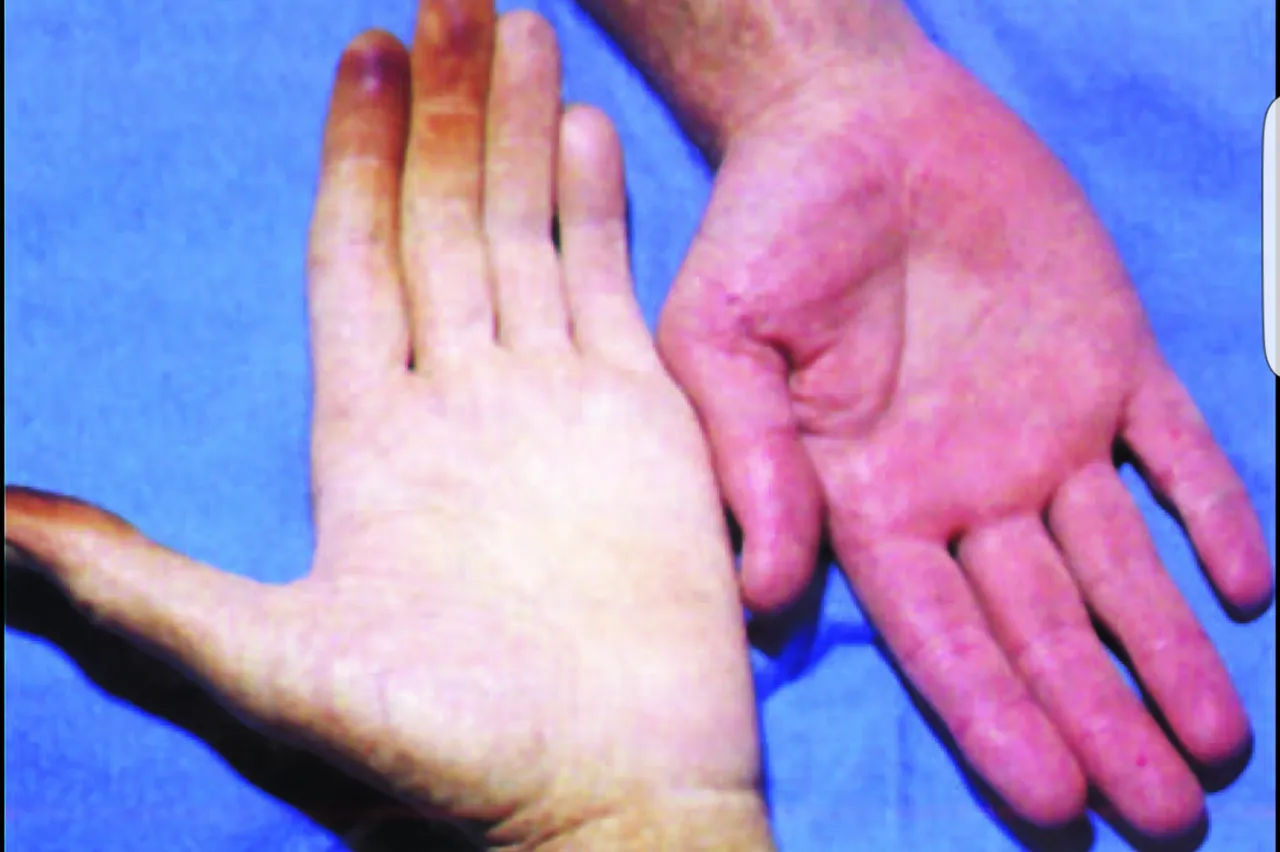
Function of white blood cells :
Protecting the body, defending it against the attacks of various microbes, by devouring it, and analyzing it. This function may lead to the death of some white balls, leading to the formation of so-called urethral cells. Acid cells or azinovil cells produce a substance called histamine that causes blood vessels to expand, and increases the sensitivity of the body, in addition to playing a minor role in the process of thrombosis. The basophil cells or cells of the pesophyll present a substance called heparin, which works to prevent blood clotting. The lymphocytes produce antibodies equivalent to microbes, or the deposition of these toxins. Monocyte cells help to heal tissues by devouring bacteria, single-celled parasites such as amoeba, and others.
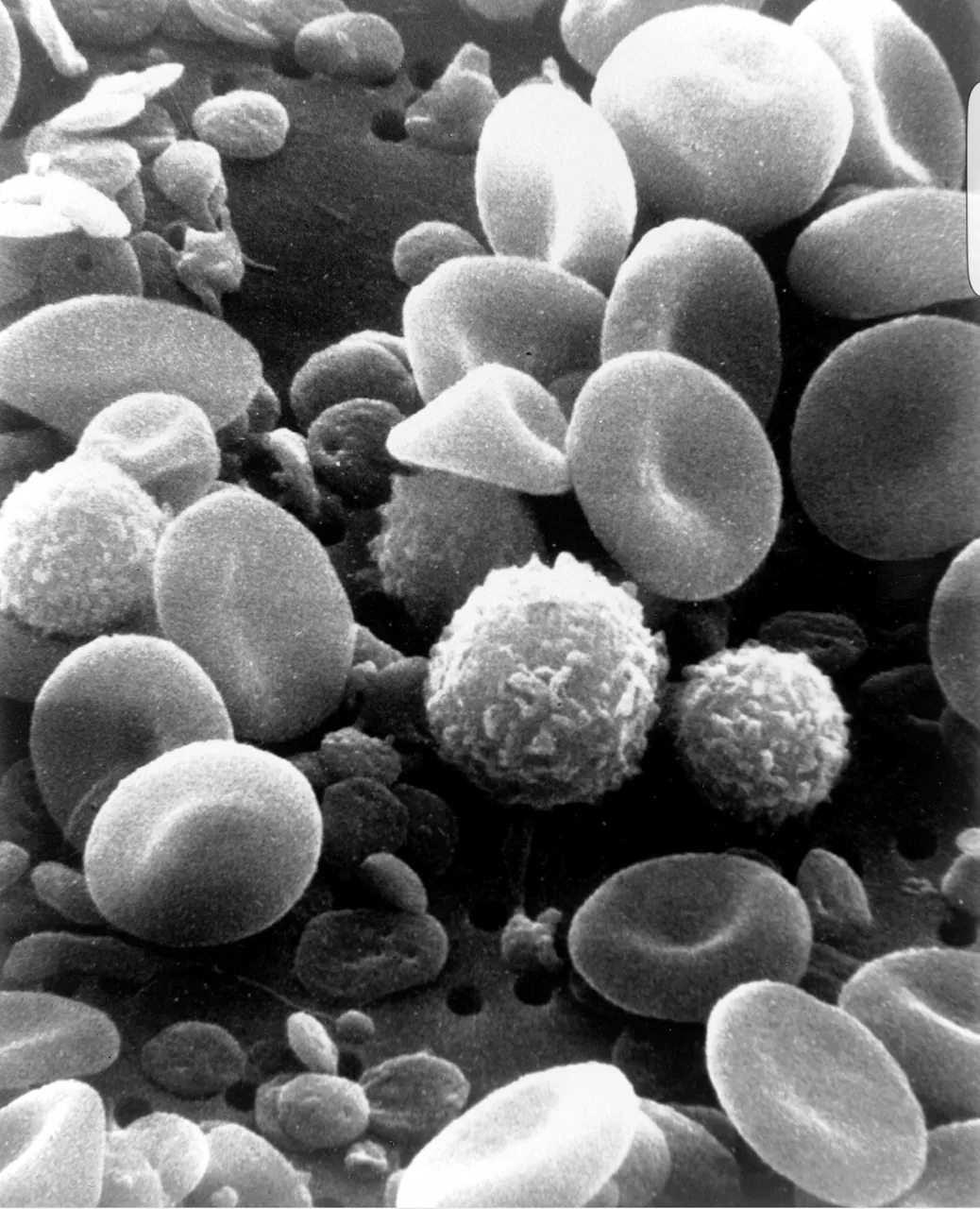
Benefits of white blood cells :
Protect the body against microbes and various diseases. Improve the blood vessels in the body, because of the containment of their cells on the substance of Hamstamine. Reduce the risk of blood clotting because it contains heparin. Treat wounds, contribute to healing, and prevent infection with bacteria and microbes, because they contain monosite. Decomposes fat and grease in the body. Maintains thyroid health.
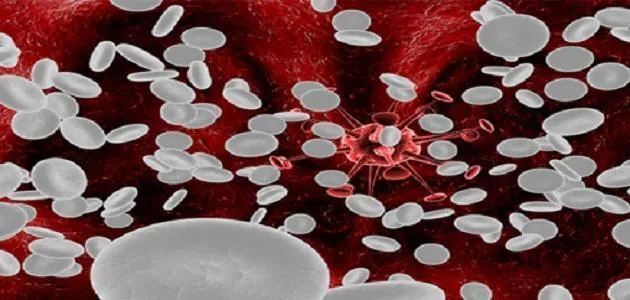
Causes of high white blood cells :
Cancer, especially leukemia. Injury to the body with many infections, the most important: Arthritis. Take some drugs that raise the level of pellets than normal, such as: Cancer drugs, and drugs of depression. Pregnancy. Over-smoking. AIDS, as it lifts the body's normal mass. Fatigue and tiredness. Some respiratory diseases, such as allergies, asthma, and whooping cough. Tuberculosis. Damage to one of the tissues of the body.

Symptoms of high white blood cells :
Severe bleeding. Fatigue and tiredness. Sudden weight loss. The sensation of pain in the body, especially at the feet and hands. Body temperature is above normal, as it can reach 40 ° C. Loss of consciousness in advanced cases. Mental confusion.

Foods to maintain the health of white blood cells :
Vegetables and fruits: especially those containing vitamin C, as they effectively promote white blood cells. Green Tea: Contains antioxidants, which have an effective role in strengthening white blood cells. Garlic: Garlic contains anti-inflammatory substances, also increases white blood cells. Yoghurt: Contains the propiotic component, and has an active role in strengthening the white blood cells. Nuts: Strengthens white blood cells, because they contain vitamin E in abundance.
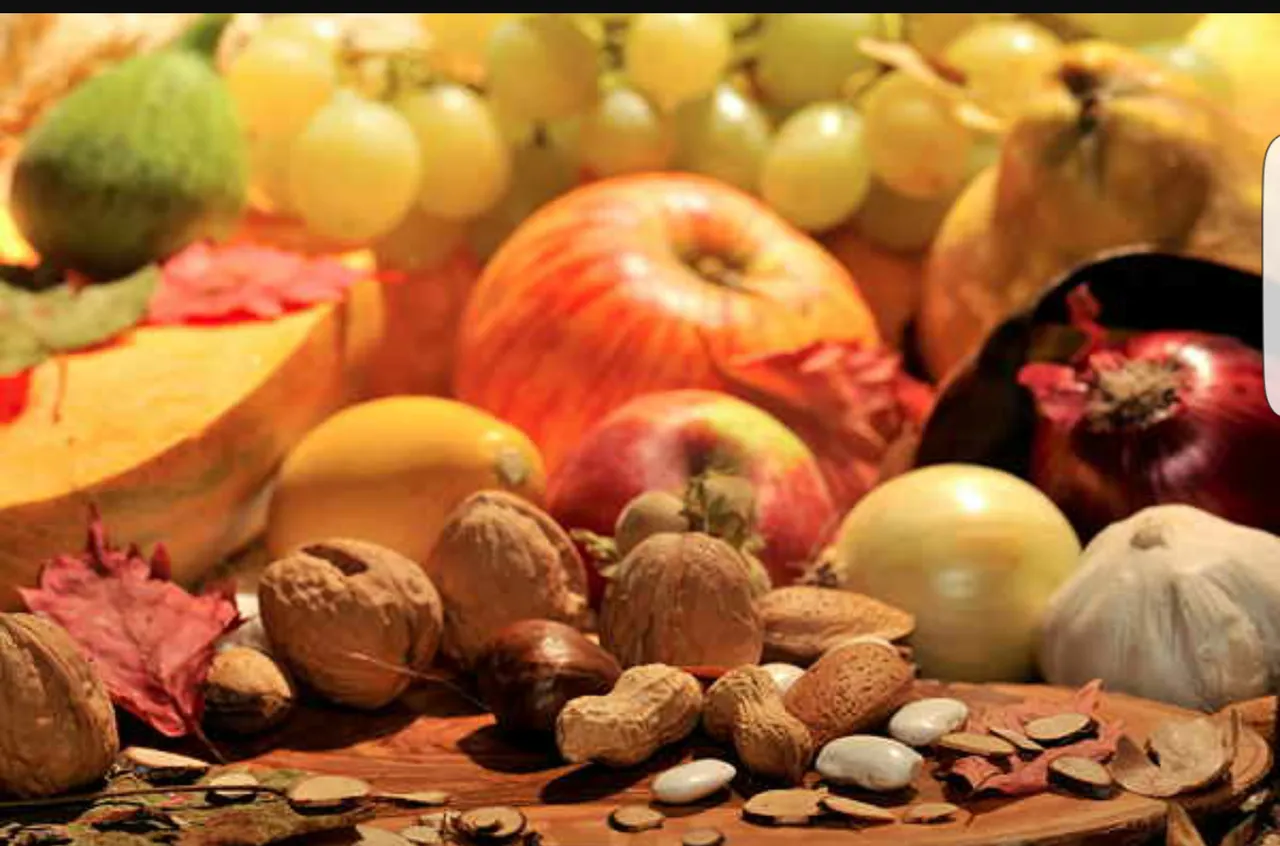
Tomorrow we will talk about plasma and platelets thanks for follow up
You Like this post, do not forget to upvote or FOLLOW ME or resteem
Reference :
image credit :